Sourdough bread, also known as naturally leavened bread, is increasingly winning the hearts of food lovers around the world. The special thing about Sourdough bread lies not only in its characteristic flavor, the crispness of the crust and the soft texture inside, but also in the manual and meticulous baking process, bringing a sense of pride when making your own bread. Hands create a quality product. Sourdough bread is not only a delicious dish but also contains many important nutritional values such as beneficial bacteria that are good for the digestive system, vitamins and minerals necessary for the body. In this article, we will discover together how to make Sourdough bread with starter (natural yeast) without using a cast iron Dutch Oven. Whether you are a beginner or have experience baking, this method will help you create delicious and nutritious bread right in your kitchen.
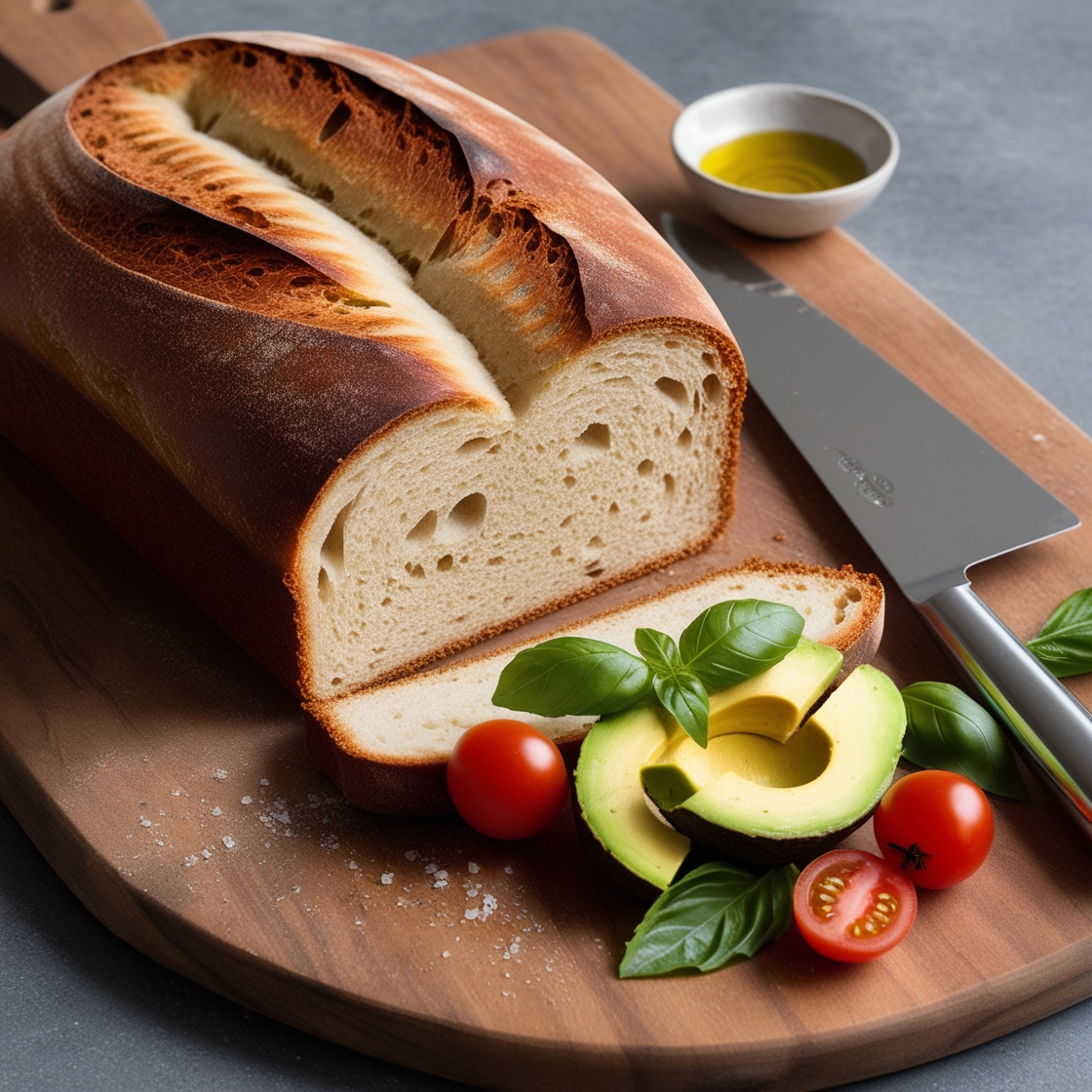
Nutritional value:
- Sourdough bread is not only delicious but also healthy. Below are some outstanding nutritional values of Sourdough bread:
- Improves digestive system: Natural fermentation process helps create probiotic bacteria, supports digestion and helps balance intestinal microflora.
- Rich in nutrients: Sourdough bread contains lots of B vitamins, iron, zinc and other minerals. In particular, these minerals are easier to absorb thanks to the fermentation process.
- Reduced gluten: The long fermentation process helps break down gluten, making the bread easier to digest, even for those sensitive to gluten.
- Low glycemic index: Sourdough bread has a lower glycemic index than regular white bread, helping to maintain stable blood sugar levels.
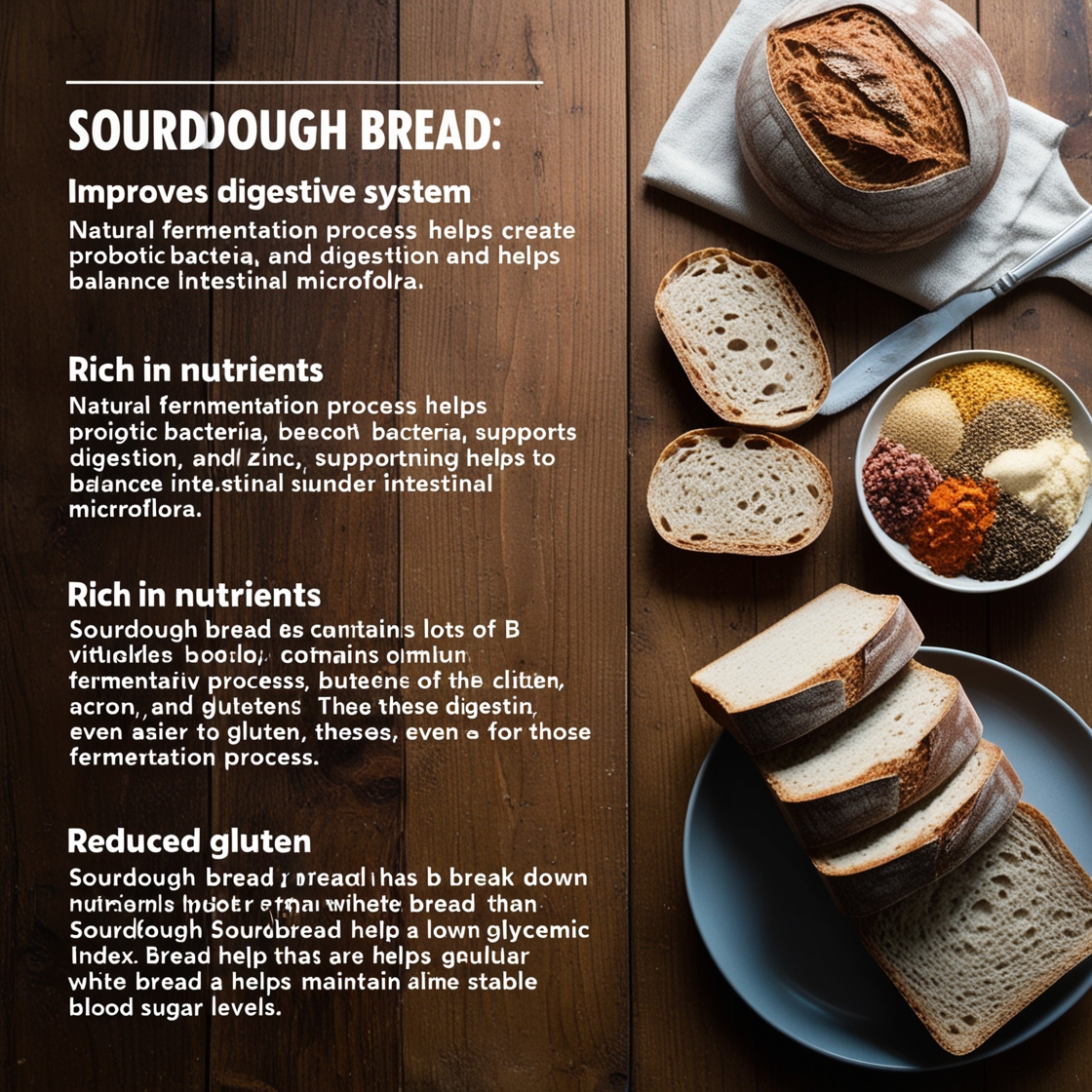
Ingredient:
To make Sourdough bread, you need to prepare the following ingredients:
- 500g flour: You can use all-purpose flour or whole wheat flour to increase nutritional value.
- 300ml water: Using warm water helps activate the yeast better.
- 100g starter (natural yeast): This is the most important factor, ensuring that your starter is nourished and ready to use.
- 10g salt: Salt helps balance flavor and control fermentation.
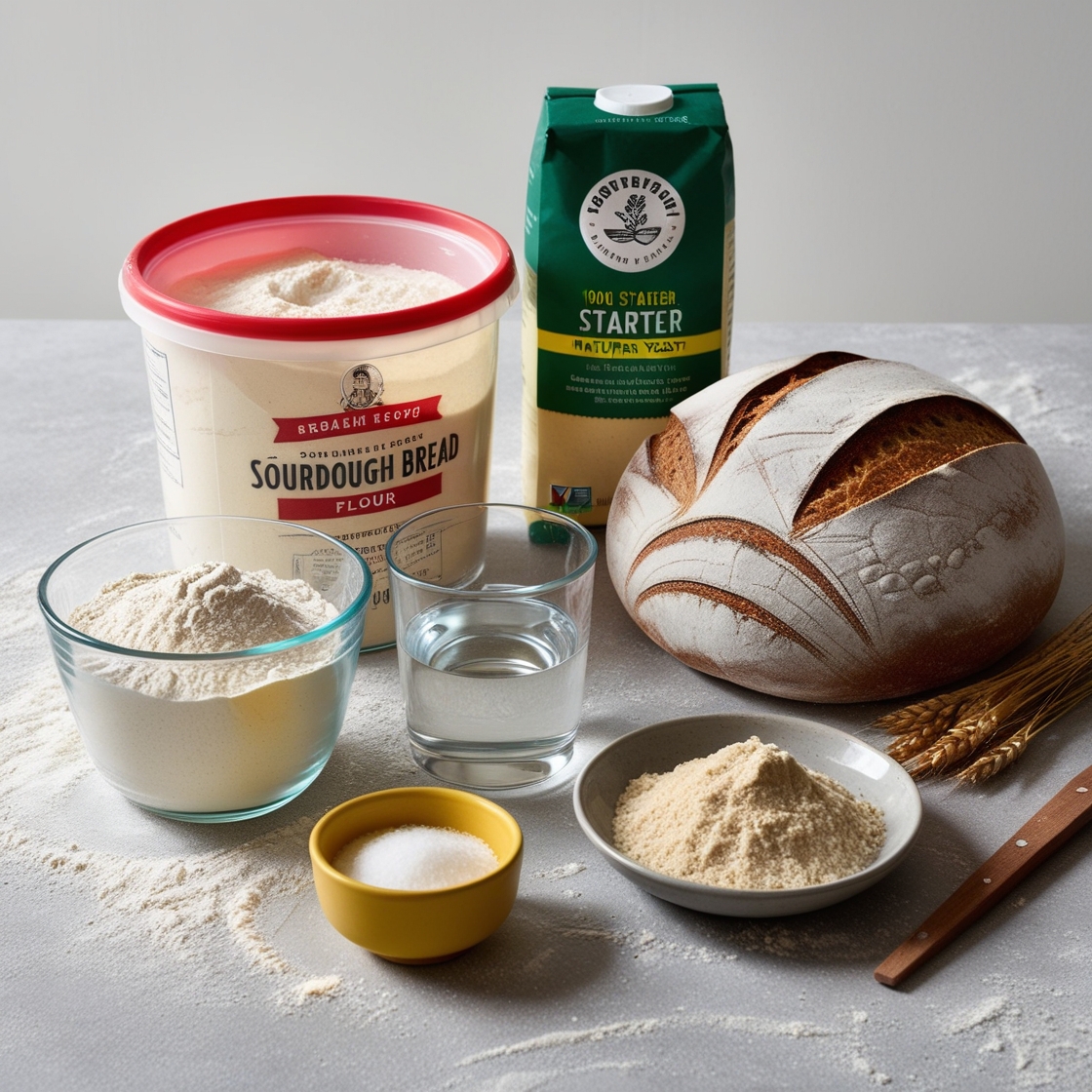
Making:
Step 1: Mix flour and water:
- In a large bowl, mix the flour and water until you no longer see dry flour. Cover the bowl with a damp towel or plastic wrap and let the mixture rest for about 30 minutes. This process, called autolyse, helps the flour absorb water and develop gluten.
Step 2: Add starter and salt:
- After the dough has rested, add the starter and salt. Knead well until the dough becomes smooth and not sticky. The dough kneading process can last about 10-15 minutes. You can use the stretch and fold kneading method to develop the gluten better.
Step 3: First fermentation:
- Place the dough in a clean bowl and cover with a damp towel or plastic wrap. Let the dough ferment at room temperature for about 4-6 hours, until it doubles in size. If the weather is cold, you can let the dough ferment longer or place the bowl of dough near a warm heat source.
Step 4: Knead the dough and ferment it a second time:
- Knead the dough again to push out the air. Then, shape the dough into the desired shape (round or long). Place the dough in an oiled or parchment paper-lined loaf pan. Cover and let the dough ferment a second time for about 2-3 hours, or until the dough fills the mold.
Step 5: Baking:
- Preheat oven to 230°C. Place a tray of water under the oven to create steam, making the crust crispier. Place the loaf pan in the oven and bake for about 30-40 minutes until the crust is golden brown and makes a hollow sound when tapped. Let the cake cool on a rack before cutting.
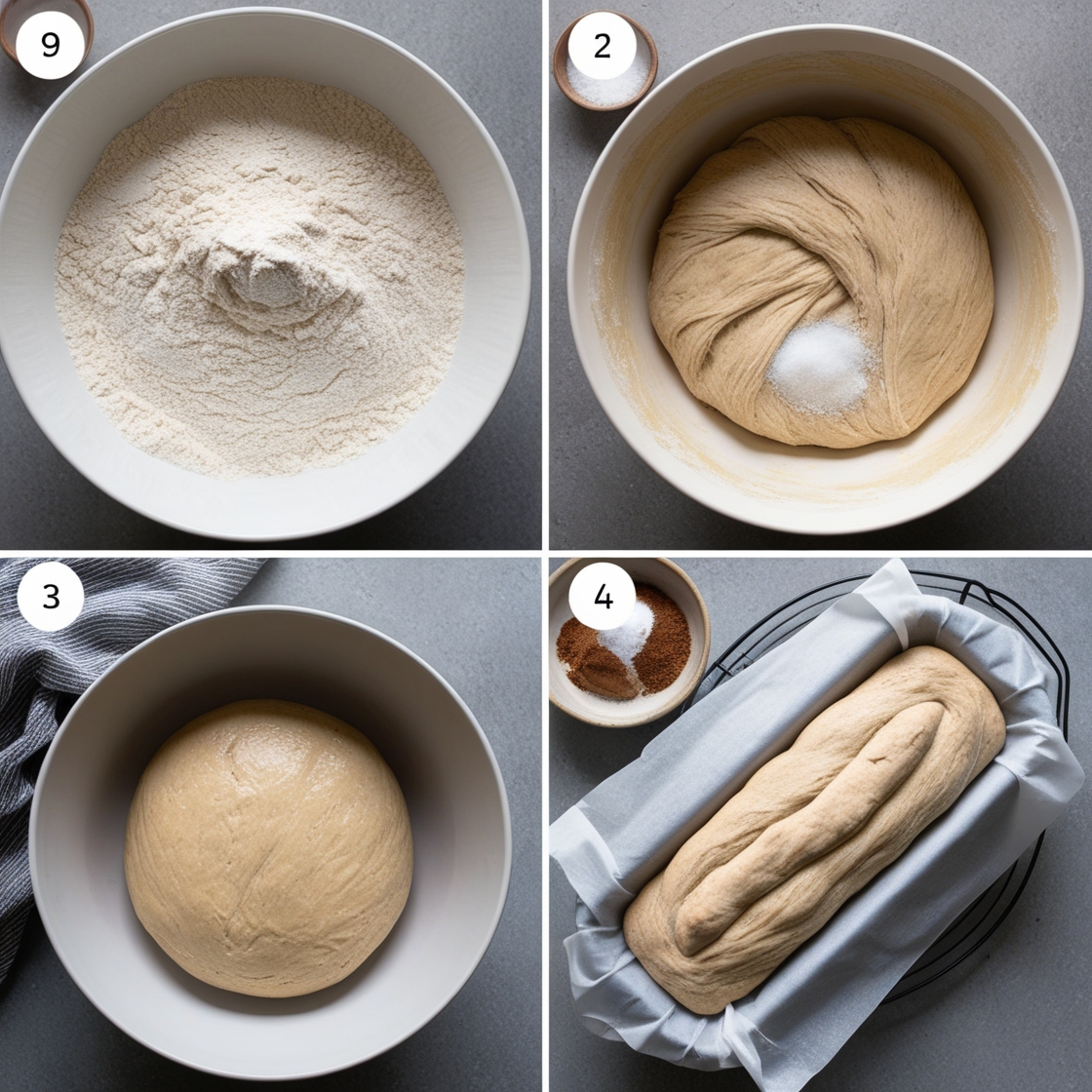
Frequently asked Questions:
- How do you know if the starter is ready?
- Starter is ready when it floats and has many small air bubbles, with a slight sour smell.
2. Can all-purpose flour be replaced with whole wheat flour?
- Yes, you can replace all-purpose flour with whole wheat flour to increase the nutritional value and flavor of your bread.
3. Why is it necessary to let the dough rest after mixing flour and water?
- Letting the dough rest (autolyse) helps the gluten develop, makes the dough more pliable and easier to knead, and improves the texture of the bread.
4. How to create steam in the oven without a water tray?
- You can spray the oven with water before placing the cake in or place a shallow baking tray filled with boiling water at the bottom of the oven.
Tips:
- Use warm water: Warm water helps yeast work better, especially on cold days.
- Experiment with different flours: Whole wheat flour, rye flour, and other whole grain flours can add a distinctive flavor to bread.
- Patience: Slow fermentation is the key to a delicious Sourdough bread. Don’t rush, give the dough enough time to ferment and develop flavors.
- Use parchment paper: Parchment paper makes it easier to remove the cake from the mold and avoid sticking.
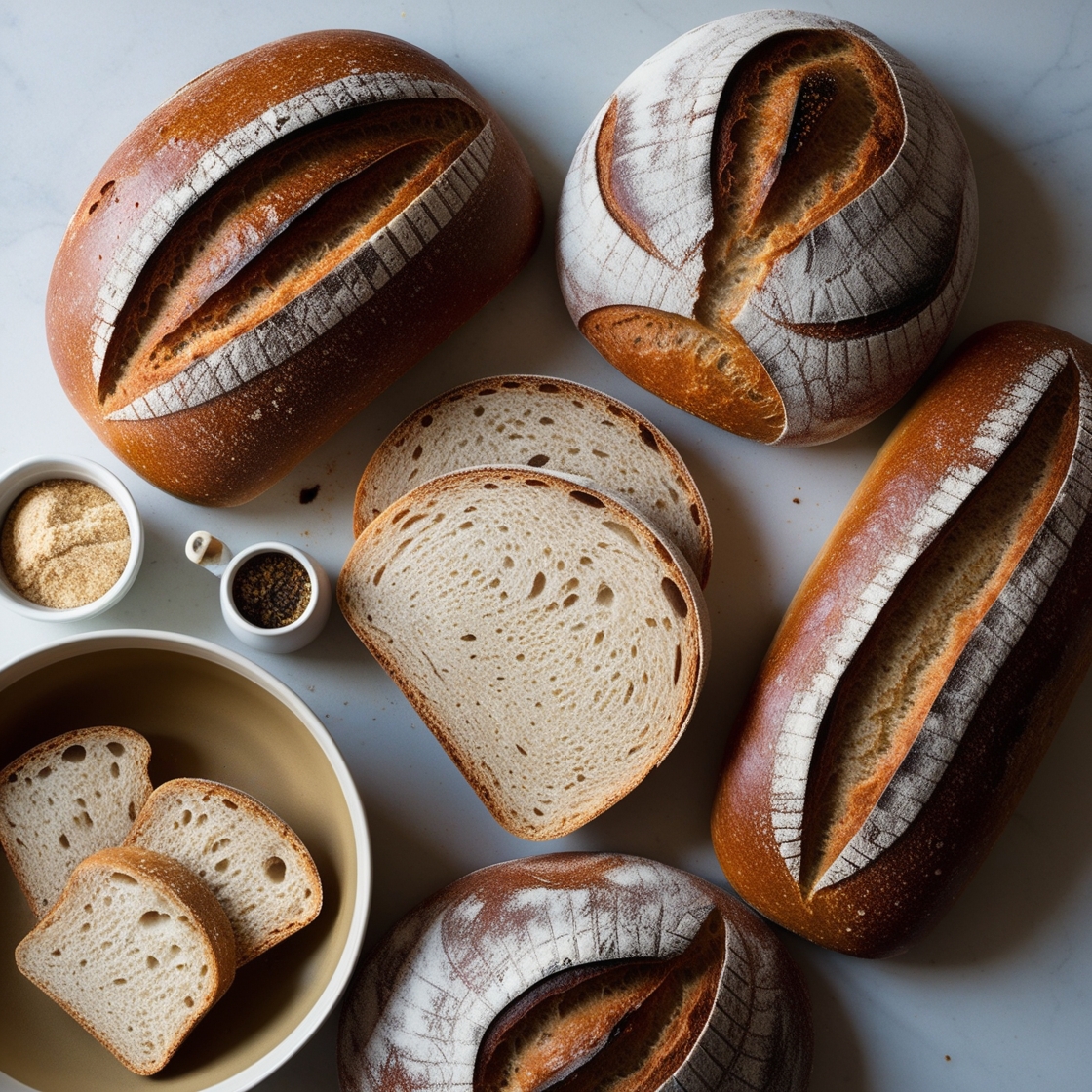
Making Sourdough bread at home is a wonderful experience, bringing joy and satisfaction when seeing your hand-made bread rise, have a crispy crust and a soft crumb. Through this process, you will not only learn how to bake but also gain a deeper understanding of the art and science of bread baking. With simple ingredients and a little patience, you can create delicious and nutritious Sourdough bread, no need for a cast iron Dutch Oven. Be persistent and experiment, each cake will become more perfect. Hopefully this article has provided you with the necessary knowledge and inspiration to start your own Sourdough bread making journey. Wishing you success and enjoying sweet moments with fragrant loaves of bread made by your own hands.
